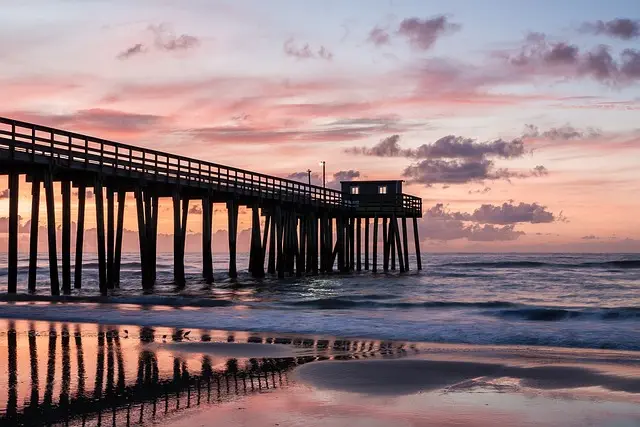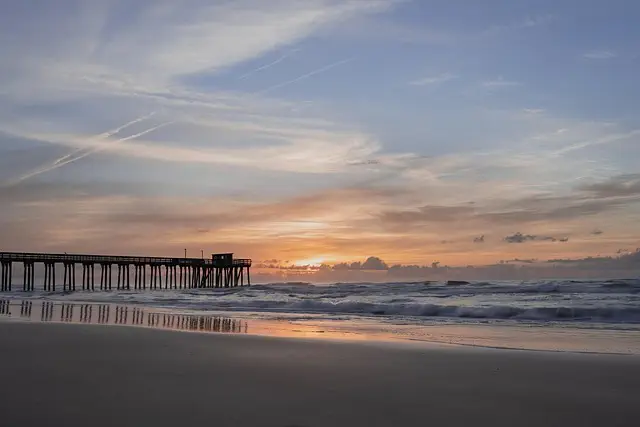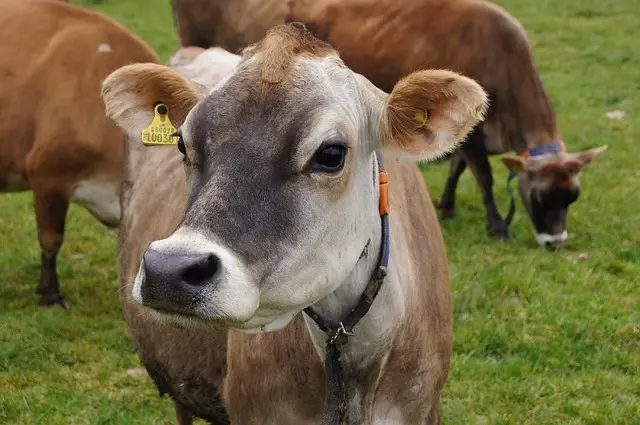The Van Riper-Hopper House Museum in Wayne, Passaic County, NJ, is a historical treasure trove offering a captivating journey through time. This 19th-century Victorian home preserves the county's architectural heritage and provides insights into its diverse social and cultural past, attracting visitors seeking to explore New Jersey's rich history.
“Step back in time at the Van Riper-Hopper House Museum, nestled in the heart of Wayne, Passaic County, New Jersey. This historic gem boasts an architectural style that reflects the region’s rich past, with its distinctive design making it a local landmark. From the tales of its notable residents to the vibrant exhibits inside, the museum offers a captivating journey through time.
Explore the Van Riper-Hopper House and discover the fascinating blend of history, architecture, and art that awaits within.”
- Historical Significance of Van Riper-Hopper House Museum
- – Brief overview of the house and its history in Passaic County, New Jersey
- – Architectural style and its place in local history
Historical Significance of Van Riper-Hopper House Museum

The Van Riper-Hopper House Museum in Wayne, NJ, stands as a significant cultural landmark in Passaic County, offering visitors a glimpse into the region’s rich history. This historic home, dating back to the early 19th century, is a testament to the area’s architectural heritage and provides valuable insights into the lives of past residents. The museum’s collection showcases the evolution of domestic life over time, preserving cherished artifacts and memories that tell the story of Passaic County’s transformation.
As a cultural institution, the Van Riper-Hopper House Museum plays a vital role in educating both locals and visitors about the region’s diverse history. It serves as a gateway to the past, allowing people to explore and appreciate the heritage that shapes Passaic County’s identity. The museum’s dedication to preserving and sharing this legacy makes it an indispensable resource for understanding the social and cultural fabric of New Jersey’s vibrant history.
– Brief overview of the house and its history in Passaic County, New Jersey

The Van Riper-Hopper House Museum in Wayne, Passaic County, New Jersey, stands as a captivating glimpse into the region’s past. This historic home, nestled within the vibrant community of Wayne, boasts an intriguing architectural design and a rich historical narrative that dates back to the 19th century. The museum offers visitors a unique opportunity to step into the lives of its former inhabitants, providing a window into the social and cultural fabric of Passaic County.
Built in 1845, the house has witnessed significant events and shifts in the area’s history. Over the years, it has served as a residence for various families, each contributing to its character and stories. The Van Riper-Hopper House Museum preserves these tales, showcasing the evolution of Passaic County’s identity through the lens of one of its most prominent structures.
– Architectural style and its place in local history

The Van Riper-Hopper House, located in Wayne, Passaic County, New Jersey, stands as a beautiful example of Victorian architecture, a style that has left an indelible mark on the region’s historical landscape. This grand residence, built in the mid-19th century, reflects the opulence and sophistication of its time, showcasing intricate wood carvings, ornate balconies, and a striking tower that dominates the local skyline. The house is not merely a architectural marvel but a testament to the area’s social and economic growth during the Victorian era.
In the context of Passaic County, New Jersey, the Van Riper-Hopper House represents a period of significant transformation. Wayne, once a tranquil rural community, was on the cusp of becoming a thriving urban center, and this house embodies that transition. Its design and construction reflect the local history of prosperity, cultural exchange, and the rise of a bustling community, making it a valuable historical site for residents and visitors alike to appreciate and understand.
